What is Visualplanet’s Touchfoil?
Imagine sitting at your favorite restaurant or lounge and selecting what music you want to listen to, ordering your food, and changing the channel on three digital touch screens on your glass tabletop. This is the vision of Visualplanet’s Touchfoil. Visualplanet’s touchfoil was released recently, and its a transparent film that can be applied to practically any surface to transform it into a digital touchscreen. Its surfaces include wood, plastic, glass, tabletop, and shop window. Imagine the streets of Tokyo being one huge playground of touchscreens applied outside every business and decorating subway interiors with interactive mapping systems.
Introducing Visualplanet’s Touchfoil | Capabilities and Innovation
Visualplanet’s touchfoil was seven years in the making before its unveiling just after Labor Day. Engineers and creatives alike spent hours mulling over its design and capabilities all in Visualplanet’s laboratories in Cambridge, England. This new technology will bring new wonders to museum displays with its sleek design and ease of use.
Visualplanet’s touchfoil has many of the same capabilities of other touchscreens like say the iPad, these include pinch and zoom.
Each touchfoil is customized to the customer’s size preference, and it can cover surfaces ranging from 30 diagonal inches to 167 inches. But the mullti-touch version can cover surfaces only up to 60 inches, according to VentureBeat. Not to mention its about the width of a business card, which makes it really easy to apply it to about any surface.
Introducing Visualplanet’s Touchfoil | How it Works
A lot of speculators are wondering how Visualplanet’s touchfoil can actually work, being that its surface is so thin. Well, underneath the surface of its thin foil there is a set of extremely thin sensory wires forming a grid that pick up the users touch commands. The grid is connected to a controller that reads your every touch.
Remember how we said that it uses similar technology as an iPad? Check this out:
“It uses “projected capacitance” technology, which is the same kind of touch-sensitive technology used in popular tablets such as the iPad.”
Introducing Visualplanet’s Touchfoil | Features
The following are some of the unique features of Visualplanet’s Touchfoil:
• Interactive foil is lightweight and easy to apply to a window, glass, acrylic and rear projection screens and any other non-metallic material
• No external wires or devices are required as all touchscreen components are situated safely behind the glass
• Interactivity works even with gloved hand
• Viewing is not affected by external light conditions. Can work with auto light adjusting LCD screens
• A wide range of screen sizes is available, up to 80 inch 4:3 or 100 inch 16:9 format
• Works with all existing multimedia applications: PowerPoint, Adobe Flash, websites etc.
Introducing Visualplanet’s Touchfoil | Testing and Competition
Visualplanet’s touchfoil has been tested in public spaces such as retail shop windows, office reception areas, bus shelters, street kiosks, tourist information booths and even bathroom mirrors. The touchfoil can be shipped easily, since it can be rolled up and placed in a cardboard tube.
Touchfoils include support for Windows 7 gestures and come with a software development kit to enable partners to create applications for it.
Visualplanet was founded in 2001 when managing director Vernon Spencer was looking at an abandoned shop on a busy street in London. He thought it would be nice to find out more about the store, and the idea hit him to do a touchscreen display.
The company began shipping its first single-touchscreen foil in 2004. The company has 30 employees. Rivals include 3M, Elo and NextWindow. Visualplanet is self-funded.
The day is coming when everything you encounter everyday will be an interactive experience, we are just gracing the surface of this technology with Visualplanet’s touchfoil.

